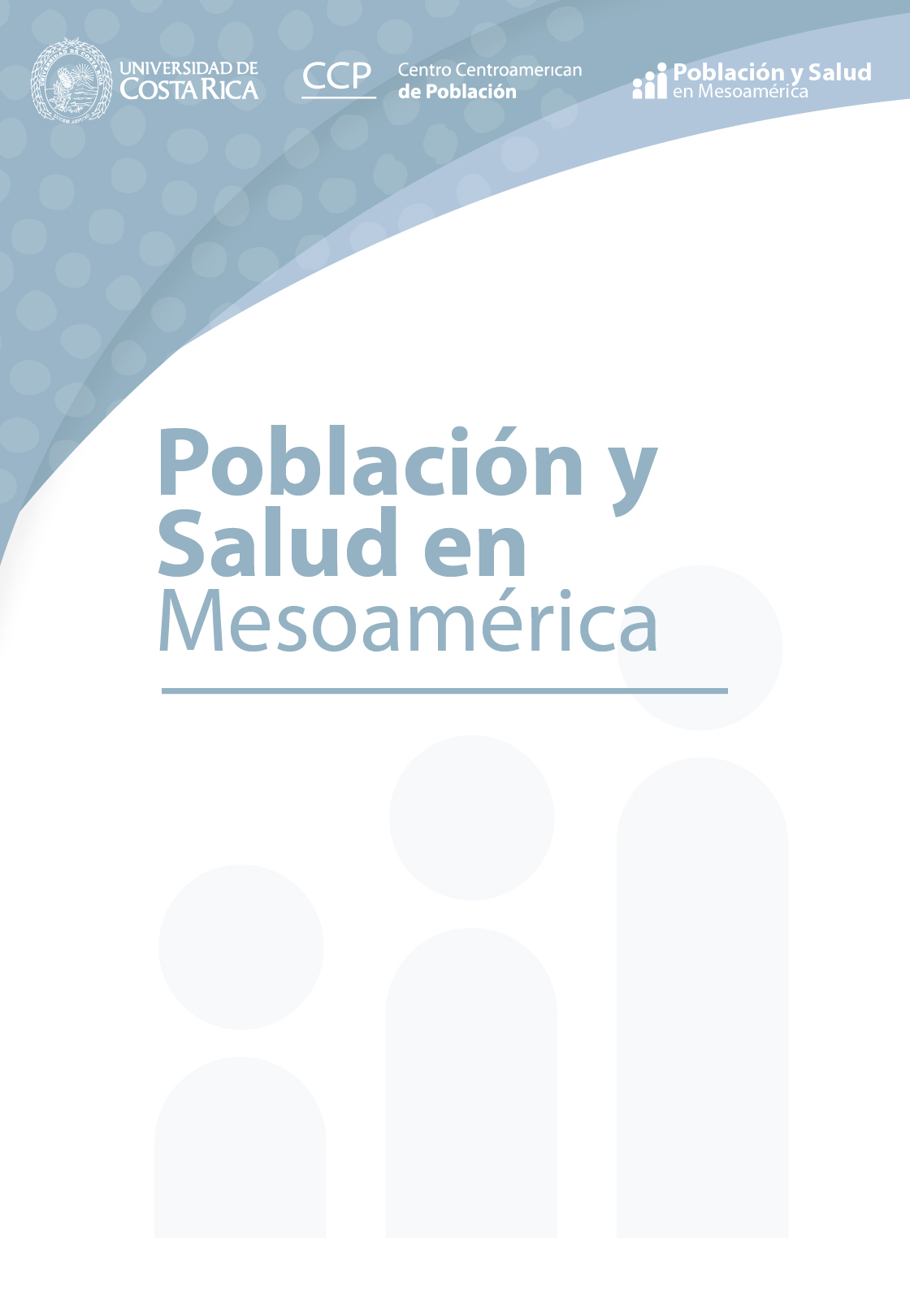Resumen
Objetivo: La pérdida de esperanza de vida estratificada por niveles educativos y sexo ayuda a medir impactos de mortalidad específicos durante un evento catastrófico. Proponemos un enfoque estadístico para estimarlos en un año. Método: Primero, se estiman esperanzas de vida según los datos disponibles, incluyendo aquellos años cuando ocurren eventos catastróficos. Segundo, se usan para calcular un modelo de series temporales multivariadas VAR(p), omitiendo el(los) año(s) catastrófico(s) respectivo(s). A través del modelo, se generan pronósticos, que se comparan con los datos estimados, y luego se cuantifican las pérdidas de esperanza de vida como sus diferencias. Resultados: Se aplica nuestra propuesta empleando el caso de Estados Unidos durante la pandemia de COVID-19 en 2020. Se tienen poco más de cuatro veces la pérdida de esperanza de vida con baja educación en contraste con el estrato de alta educación. Las proyecciones indican que las esperanzas de vida con casi todos los niveles de educación caen fuera de los intervalos de pronóstico. Conclusión: Cuanto más educada es la población, menos esperanza de vida se pierde. Las mujeres siempre sobreviven más que los hombres dentro de cada estrato educativo. Las estimaciones a largo plazo continúan destacando las disparidades de género en la esperanza de vida.
Citas
Beltrán-Sánchez, H., & Drumond Andrade, F. C. (2013). Educational and sex differentials in life expectancies and disability-free life expectancies in São Paulo, Brazil, and urban areas in Mexico. Journal of Aging and Health, 25(5), 815-838. https://doi.org/10.1177/0898264313491425
Bilal, U., Alazraqui, M., Caiaffa, W. T., Lopez-Olmedo, N., Martinez-Folgar, K., Miranda, J. J., Rodriguez, D. A., Vives, A., & Diez-Roux, A. V. (2019). Inequalities in life expectancy in six large Latin American cities from the SALURBAL study: an ecological analysis. The Lancet Planetary Health, 3(12), e503-e510. https://doi.org/10.1016/S2542-5196(19)30235-9
Box, G. E., Jenkins, G. M., Reinsel, G. C., & Ljung, G. M. (2015). Time series analysis: forecasting and control. John Wiley & Sons.
Centers for Disease Control and Prevention. (2023). Mortality data - Vital Statistics NCHS Multiple cause of death data. https://www.nber.org/research/data/mortality-data-vital-statistics-nchs-multiple-cause-death-data
Gómez Ugarte, A., & García Guerrero, V. (2023). Inequality crossroads of mortality: socioeconomic disparities in life expectancy and life span in Mexico between 2000 and 2015. Population Research and Policy Review, 42(57), 1-22. https://doi.org/10.1007/s11113-023-09806-x
Harper, S., Riddell, C. A., & King, N. B. (2021). Declining life expectancy in the United States: missing the trees for the forest. Annual review of public health, 42, 381-403. https://doi.org/10.1146/annurev-publhealth-082619-104231
Haslbeck, J. M., Bringmann, L. F., & Waldorp, L. J. (2021). A tutorial on estimating time-varying vector autoregressive models. Multivariate Behavioral Research, 56(1), 120-149. https://doi.org/10.1080/00273171.2020.1743630
IPUMS 2023. US Census data for social, economic, and health research. Available at https://usa.ipums.org/usa/
Kaplan, R. M., Spittel, M. L., & Zeno, T. L. (2014). Educational attainment and life expectancy. Policy Insights from the Behavioral and Brain Sciences, 1(1), 189-194. https://doi.org/10.1177/2372732214549754
Luy, M., Di Giulio, P., Di Lego, V., Lazarevič, P., & Sauerberg, M. (2020). Life expectancy: frequently used but hardly understood. Gerontology, 66(1), 95-104. https://doi.org/10.1159/000500955
Luy, M., Zannella, M., Wegner-Siegmundt, C., Minagawa, Y., Lutz, W., & Caselli, G. (2019). The impact of increasing education levels on rising life expectancy: a decomposition analysis for Italy, Denmark, and the USA. Genus, 75, 1-21. https://doi.org/10.1186/s41118-019-0055-0
Meara, E. R., Richards, S., & Cutler, D. M. (2008). The gap gets bigger: changes in mortality and life expectancy, by education, 1981–2000. Health Affairs, 27(2), 350-360. https://doi.org/10.1377/hlthaff.27.2.350
Nusselder, W. J., De Waegenaere, A. M., Melenberg, B., Lyu, P., & Rubio Valverde, J. R. (2022). Future trends of life expectancy by education in the Netherlands. BMC Public Health, 22(1), 1664. https://doi.org/10.1186/s12889-022-13275-w
Raghupathi, V., & Raghupathi, W. (2020). The influence of education on health: an empirical assessment of OECD countries from 1995–2015. Arch Public Health 78, 20. https://doi.org/10.1186/s13690-020-00402-5
Silva, S., Goosby, E., & Reid, M. J. (2023). Assessing the impact of one million COVID-19 deaths in America: economic and life expectancy losses. Scientific Reports, 13(1), 3065. https://doi.org/10.1038/s41598-023-30077-1
Steingrímsdóttir, Ó. A., Næss, Ø., Moe, J. O., Grøholt, E. K., Thelle, D. S., Strand, B. H., & Bævre, K. (2012). Trends in life expectancy by education in Norway 1961–2009. European journal of epidemiology, 27, 163-171. https://doi.org/10.1007/s10654-012-9663-0
Van Baal, P., Peters, F., Mackenbach, J., & Nusselder, W. (2016). Forecasting differences in life expectancy by education. Population Studies, 70(2), 201-216. https://doi.org/10.1080/00324728.2016.1159718
Yusuf, F., Martins, J. M., & Swanson, D. A. (2014). Methods of Demographic Analysis. Springer.
##plugins.facebook.comentarios##

Esta obra está bajo una licencia internacional Creative Commons Atribución-NoComercial-CompartirIgual 4.0.
Derechos de autor 2024 Carlos Oviedo, Jose Eliud Silva Urrutia







